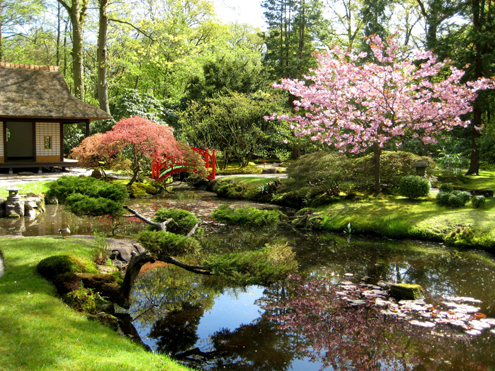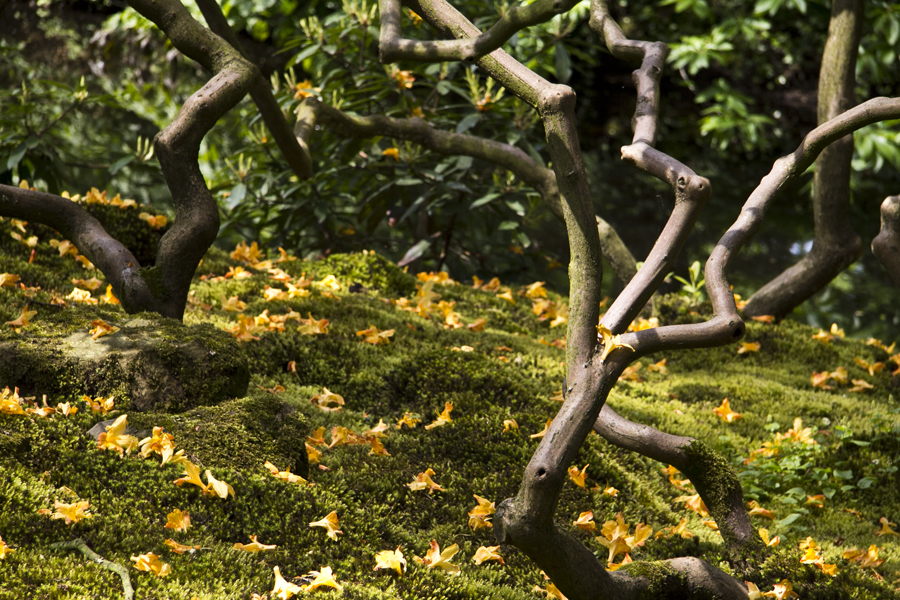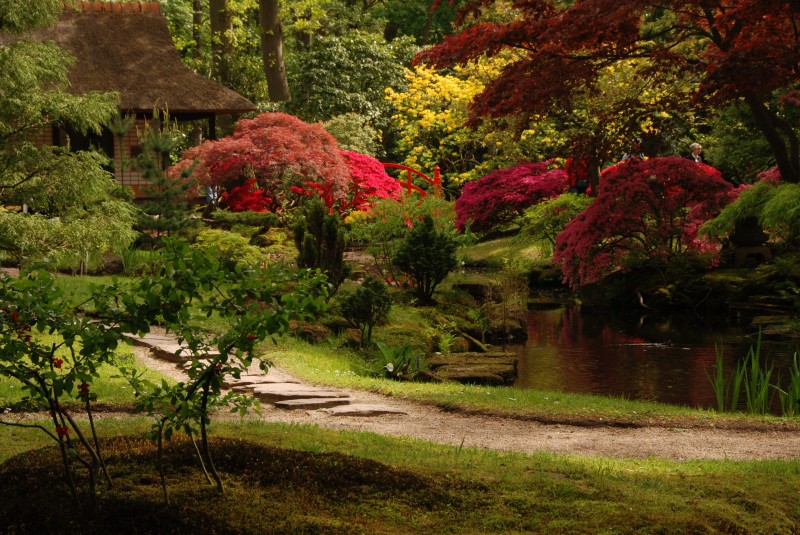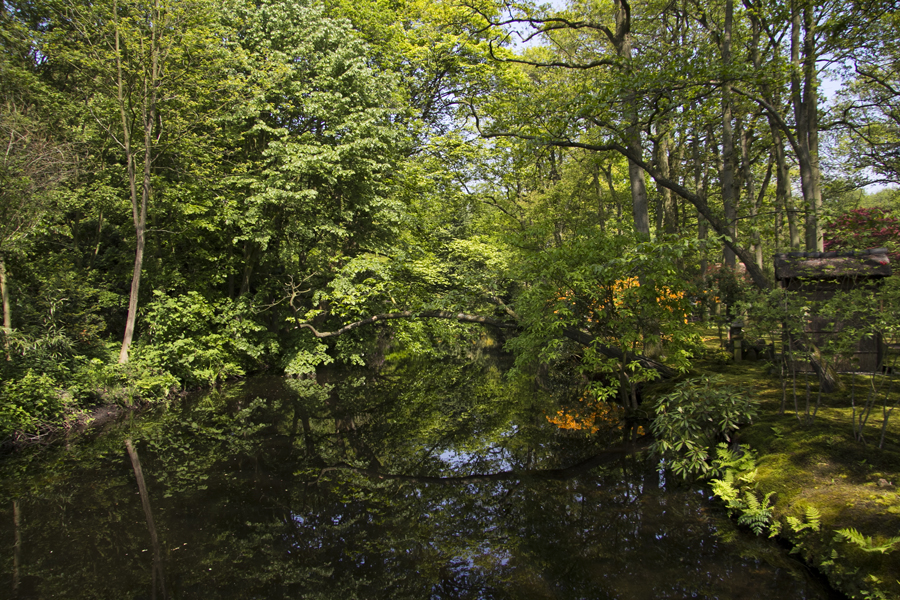Tracing Miss Daisy

Unlike Hervé Joncour who was tasked with smuggling healthy silkworms from Japan, Marguérite M. Baroness van Brienen – known by the nickname of Miss Daisy – had equally interesting but less dangerous task. She too traveled to Japan. She was bringing and planting rare herbs.
 This story really starts in the wake of the First World War when Miss Daisy, the former owner of the country estate of Clingendael, decided to set up a Japanese Garden at one part of her land. She set sail several times for the far east, to Japan where her ship was to bring back to the Netherlands lanterns, a water cask, sculptures, the pavilion, the little bridges and several plants.
This story really starts in the wake of the First World War when Miss Daisy, the former owner of the country estate of Clingendael, decided to set up a Japanese Garden at one part of her land. She set sail several times for the far east, to Japan where her ship was to bring back to the Netherlands lanterns, a water cask, sculptures, the pavilion, the little bridges and several plants.
The garden that you can soon visit is the faithful image of what used to be on the spot 100 years ago – a tranquil pond, meandering brook and the winding pathways. The atmosphere is truly unique, caused by the astonishing moss. You are surrounded by stone lanterns, water tanks and the stunning pavilion that is allowing you to admire Miss Daisy’s heritage.

As we are talking about extremely fragile environment that is easily destroyed but thousands of steps made, the garden can be visited only twice a year, in spring and autumn. Usually the garden is open from May to mid June and then again the last two weeks in October.
 This spring’s season in this unique place kicks off with a Japanese festival that is celebrating the 100-year anniversary of the Japanese Garden. During the festival, you can see, hear and taste Japan in the Netherlands.
This spring’s season in this unique place kicks off with a Japanese festival that is celebrating the 100-year anniversary of the Japanese Garden. During the festival, you can see, hear and taste Japan in the Netherlands.
Free information, a map of the garden and a walking route are waiting for you at the entrance. Admission is free. And while you are there, take a glimpse of the past while walking through Clingendael’s vast, inclining lawns, the clumps of trees and the unique water features, garden art typical for the first part of the 20th century. The estate used to belong to Van Brienen family. It was opened to the public when the city of The Hague took over the property in 1954.
Clingendael, Saturday 27 April to 9 June, 9am ‘til 8 pm. I never tried to hide there but that’s an idea. Who knows what kind of magic is awaiting for you when the Japanese garden hides under the cover of night.

